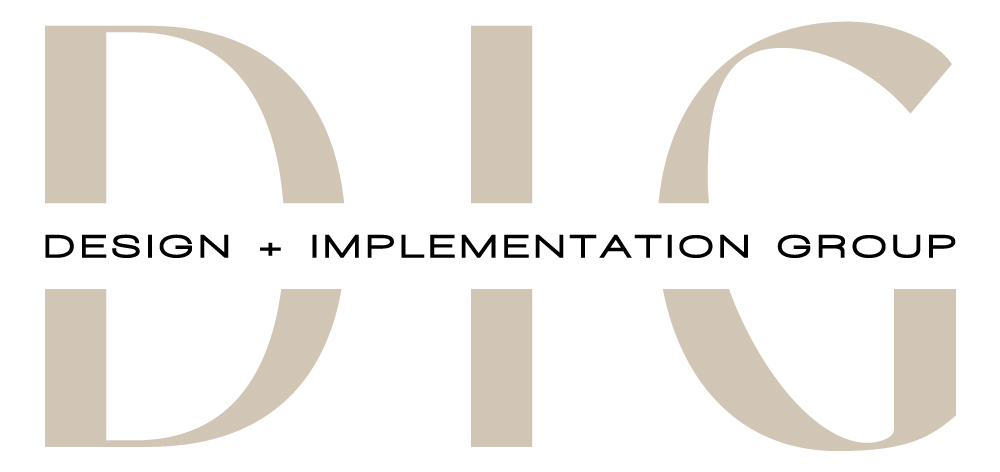If you’re looking for a way to add a touch of natural beauty and a myriad of benefits to your interior design, incorporating plants into your space may be the perfect solution. From improving air quality to reducing stress levels and increasing productivity, the advantages of incorporating plants into your interior design are numerous.
Natural Air Purifiers
Plants are natural air purifiers, absorbing carbon dioxide and other harmful chemicals while releasing oxygen. The result is improved air quality in your home, which can have a positive impact on your overall health. Indoor plants have been shown to reduce stress levels, improve mental health, and even lower blood pressure.
In addition to their air-purifying benefits, plants can also add a pop of color and texture to your interior design. Whether you choose a small succulent, a towering fiddle-leaf fig, or a hanging spider plant, there is a plant that can fit every style and space.
Increased Productivity
Incorporating plants into your workspace can have a positive impact on your productivity levels. A study conducted by the University of Exeter found that employee productivity increased by 15% when plants were introduced in the workplace. This is due to the fact that plants help reduce stress levels and improve concentration.
Incorporating plants into your home office or study area can have the same effect, helping you stay focused and productive throughout the day. And with so many low-maintenance plant options available, there is no need to worry about taking time away from your work to care for your plants.
Natural Sound Absorbers
Plants can also act as natural sound absorbers, reducing the amount of noise pollution in your home. This is especially helpful in apartments or homes located in busy areas. Plants like the Ficus or Snake Plant are excellent options for sound absorption.
Not only can plants improve the acoustics of your space, but they can also create a sense of privacy and separation in open-concept living areas. By strategically placing plants in your home, you can create natural barriers between different areas of your space, making it feel more intimate and cozy.
Natural Beauty
Incorporating plants into your interior design can add a touch of natural beauty to your space. They come in a wide range of shapes, sizes, and colors, making it easy to find the perfect fit for your home. Not only do they look beautiful, but they also offer a sense of calm and tranquility.
Whether you choose to display your plants on a windowsill, in a hanging planter, or on a plant stand, they can add a touch of life and vibrancy to any room. And with so many different plant varieties available, you can easily find the perfect plant to fit your style and personality.
Cost-Effective
Plants are a highly cost-effective way to add natural beauty and health benefits to your interior design. Unlike expensive decorative pieces and furniture, plants require minimal maintenance and can last for years if properly cared for. Additionally, with the wide range of affordable and low-maintenance plant options available, there is no need to break the bank to incorporate them into your space. In fact, plants can even help you save money on your energy bills by improving air quality and reducing the need for artificial air fresheners. So, whether you are on a tight budget or simply looking for an affordable way to enhance your interior design, incorporating plants is a great option.
Conclusion
Incorporating plants into your interior design is a simple and effective way to improve your home and health. From air purification to increased productivity, the benefits are endless. So, why not bring a little bit of nature into your space today? With so many different plant varieties and placement options available, there is a plant that can fit every style and space.





